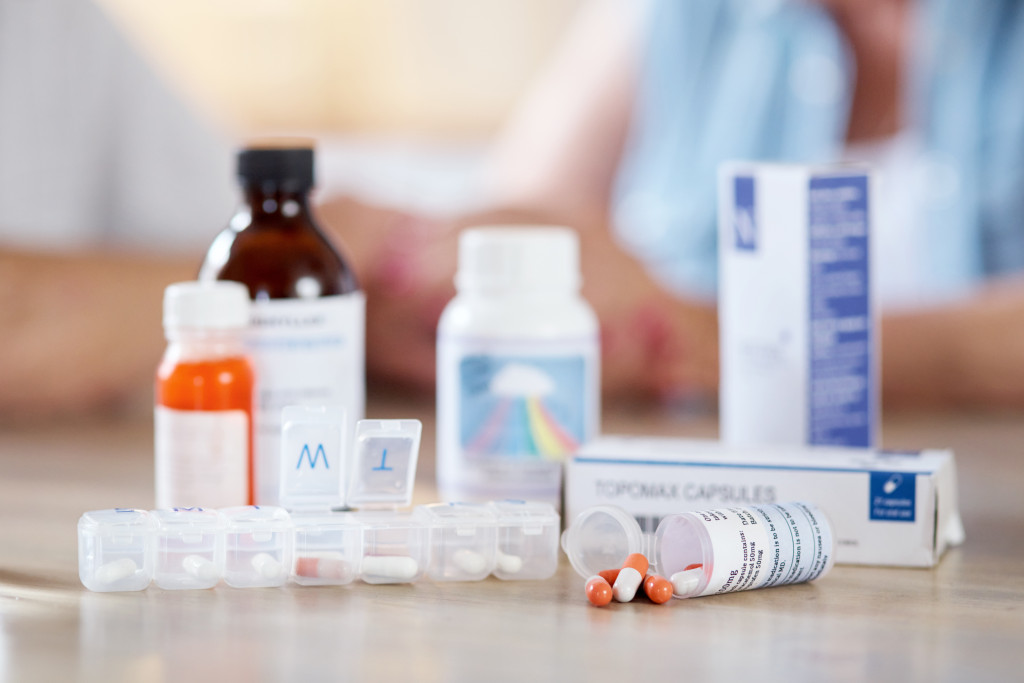D-dimer elevation during tranexamic acid therapy
- 19/04/2023
Hereditary angioedema type 1 (HAE-1) is a common form of HAE that presents with swelling attacks in body parts like the face, trunk, extremities, genitalia, gastrointestinal tract, and upper airway. Tranexamic acid (TXA) is sometimes used off-label to treat this condition, although current recommendations do not fully support its long-term use due to limited data on its efficacy. However, some HAE-1 patients may benefit from TXA. But, using off-label drugs can sometimes lead to new safety concerns, leaving doctors in a dilemma of whether to continue or discontinue effective treatment. Our automated literature screening platform discovered a case of such a dilemma in the local medical literature. The DrugCard platform found two cases of D-dimer elevation during tranexamic acid (TXA) therapy in the “Alergologia Polska – Polish Journal of Allergology.” The authors documented this condition in 2 patients within the same family.
First clinical case of D-dimer elevation after a year of TXA
The hospital admitted a 5-year-old boy with hand pain and swelling extending to the wrist. He did not have erythema or pruritus. Based on his family history and symptoms, he was diagnosed with HAE-1. Due to the risk of side effects and recurring attacks, danazol was replaced with TXA after assessing the risk of hypercoagulability/thrombosis. The patient experienced only one attack over a year while on TXA, and the hand swelling resolved spontaneously within a day. Coagulation tests were intermittently conducted, and during a follow-up visit, an incidental increase in D-dimer level (3.84 mg/l) was observed. After suspending TXA for a week and retesting D-dimer, the D-dimer level normalized within a week.
Second clinical case of D-dimer elevation
The hospital admitted a 20-year-old woman for the first time due to hand swelling and abdominal pain. She had a family history of individuals with Hereditary angioedema type 1 and was diagnosed with HAE-1. After five years of intermittent therapy with plasma-derived C1-inhibitor concentrates, the frequency of episodes increased to approximately twice a week. As a result, TXA was started after evaluation for hypercoagulability/thrombosis. The frequency of attacks decreased, and she experienced only two episodes in over a year while on TXA. She also experienced foot swelling that resolved spontaneously. During TXA use, coagulation tests intermittently showed an incidental elevation in D-dimer level (2.64 mg/l). However, D-dimer levels normalized within a week after suspending TXA therapy.
Discussion of clinical cases
During tranexamic acid (TXA) treatment, the frequency of attacks, which occurred biweekly before the treatment, significantly decreased in both patients compared to other treatments. However, the authors noted a temporary increase in D-dimer levels during the TXA therapy. Both patients had similar fibrinogen levels before starting TXA and were not taking any other medications along with TXA. Other family members with HAE-1 did not exhibit this incidental D-dimer elevation, except for these two patients. Interestingly, the authors did not observe any clinical symptoms and signs that could be related to diseases associated with D-dimer elevation. D-dimer elevation is common in patients with Hereditary angioedema (HAE) during attacks. However, these patients did not experience angioedema attacks at the same time. After discontinuing TXA administration, D-dimer levels returned to normal in both patients.
Is there any risk to patients with such a coincidental laboratory finding?
Patients from the case report did not experience any symptoms during therapy. D-dimer increase was a coincidental finding. However, physicians stopped TXA use because they did not know the exact reason for the increased D-dimer levels. Regarding the author’s knowledge, no study has mentioned this kind of D-dimer elevation during TXA use. Because the D-dimer increase results from fibrinogen breakdown, it suggested that the fibrinolytic system, especially the plasmin, may not have been suppressed by TXA. The plasminogen may be in direct contact with fibrinogen and may have degraded independently of plasmin. Another suggestion is that the increase may result from asymptomatic episodes that came across with the D-dimer measurement. Lastly, TXA resistance may develop because of a drug-specific antibody.
Impact on pharmacovigilance practice
In pharmacovigilance, literature monitoring is essential to detect and assess potential adverse drug reactions (ADRs). However, coincidental laboratory findings identified through literature monitoring can pose some risks. Coincidental laboratory findings refer to abnormal laboratory test results reported in the scientific literature but may not be related to the medication. These findings can lead to misinterpretation and misattribution of ADRs, resulting in false safety signal detection and reporting. Therefore, it is crucial for pharmacovigilance professionals to carefully evaluate and interpret coincidental laboratory findings in the context of the medication’s known safety profile, patient population, and other relevant factors.




